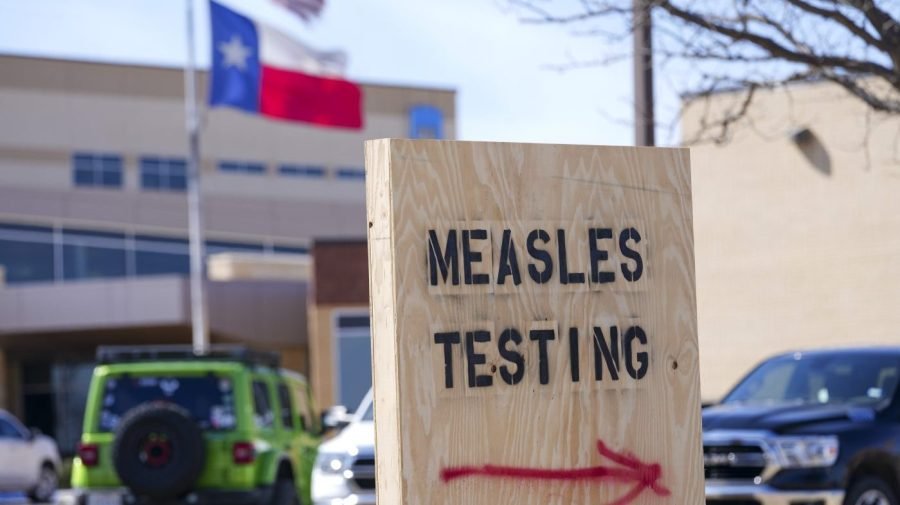The Centers for Disease Control and Prevention (CDC) released data Wednesday confirming 1,288 measles cases across 38 states and the District of Columbia.
That’s the most since 1992 and surpasses the previous record of 1,274 cases from all of 2019, though the current numbers are likely an undercount as many infections go unreported.
There have been at least 155 hospitalizations and three confirmed deaths from measles this year, including two otherwise healthy but unvaccinated children in Texas. A third death was reported in New Mexico in an unvaccinated adult who tested positive after dying.
Only three measles-related deaths were reported between 2001 and 2024, according to the CDC.
Measles was declared eliminated in the U.S. in 2000 thanks to effective vaccination efforts. In recent years, however, measles, mumps and rubella immunization rates have fallen. A study released last month found that measles vaccination rates have fallen in 80 percent of U.S. counties since the COVID-19 pandemic.
According to the CDC, MMR vaccination coverage among kindergarteners is below the 95 percent target — and is much lower in some communities. And it’s decreasing. During the 2023-24 school year, less than 93 percent of kindergartners received the MMR vaccine.
A coverage rate of 95 percent is considered ideal for preventing community spread.
If there is sustained transmission of measles in the U.S. for more than a year, the country would lose its elimination distinction.
Public health experts have expressed frustration at what they say are the mixed messages coming from Health and Human Services (HHS) Secretary Robert F. Kennedy Jr,. who has downplayed the severity of measles and offered muted support for vaccination.
In a statement sent to The Hill, HHS said the CDC is continuing to provide support, including vaccines, as needed.
“CDC continues to recommend MMR vaccines as the best way to protect against measles,” the statement said, but noted “the decision to vaccinate is a personal one.”
HHS also said the risk of contracting measles in the United States remains lower than in several peer countries.

